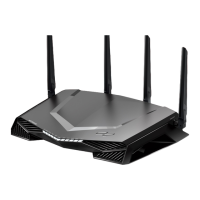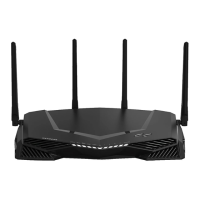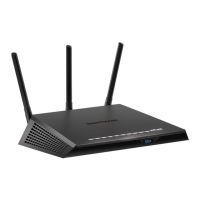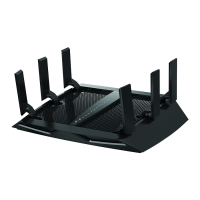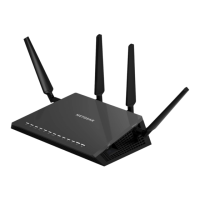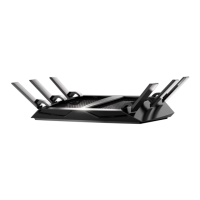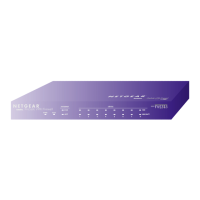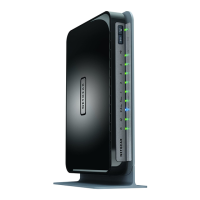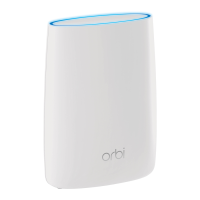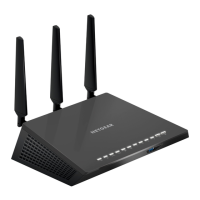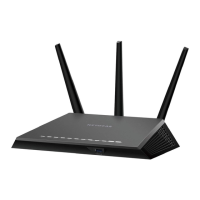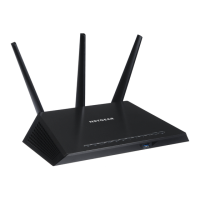Hardware Troubleshooting Chart
The following table lists symptoms, possible causes, and possible solutions for hardware problems that
might occur.
Table 6.Troubleshooting chart
Possible SolutionPossible CauseSymptom
Check the power cable connections at the
switch and the power source.
Make sure that all cables are used correctly and
comply with the Ethernet specifications.
Power is not supplied to the switch.Power LED is off.
Check the crimp on the connectors and make
sure that the plug is properly inserted and
locked into the port at both the switch and the
connecting device.
Make sure that all cables are used correctly and
comply with the Ethernet specifications.
Check for a defective port, cable, or module by
testing them in an alternate environment where
all products are functioning.
Port connection is not working.Both ports LEDs are off when
the port is connected to a
powered-on device.
Break the loop by making sure that only one
path exists from any networked device to any
other networked device.
One possible cause is that a
broadcast storm occurred and that a
network loop (redundant path) was
created.
File transfer is slow or
performance is degraded.
Verify that the cabling is correct.
Make sure that all connectors are securely
positioned in the required ports. It is possible
that equipment was accidentally disconnected.
One or more devices are not properly
connected, or cabling does not meet
Ethernet guidelines.
A segment or device is not
recognized as part of the
network.
Break the loop by making sure that only one
path exists from any networked device to any
other networked device.
A network loop (redundant path) was
created.
One or more port LEDs are
blinking continuously and the
network is disabled.
Diagnostics and Troubleshooting
63
12- or 24-Port 10-Gigabit/Multi-Gigabit Switch Models XS512EM and XS724EM

